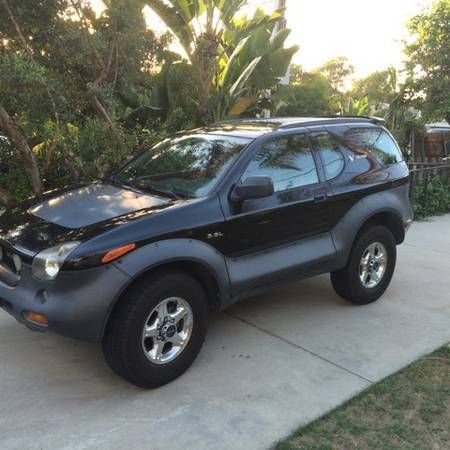Hi!
I need help purchasing new wheels and tires and was hoping someone could help.
Basically, all I want are beefier tires that noticeably stand out (wider) just a little from the car's body.
I was hoping to do this without a lift or I think you could do some spacing trickery.
I essentially just want to buy a set of tires.
questions
1. what size tires/wheels can i buy?
2. i've googled and some say wide tires are bad in the snow and i've found comments that say otherwise.
which is it? i dont want to be unsafe come winter.
3. finally, since i only have enough for one set (tires and wheels), if wider tires are bad in the snow, does anyone know a good size with a wider than stock look that would work?
i currently have the stock rims.
thanks for the help guys!
here are links to images of the 'stand out' look more or less what im after
http://allcarmodels.net/img/isuzu/ve...ion-road-7.jpg
https://encrypted-tbn0.gstatic.com/i...Sy-LFvuoGLhIvg
https://static.carthrottle.com/works...ae511d05c9.jpg



 Reply With Quote
Reply With Quote



